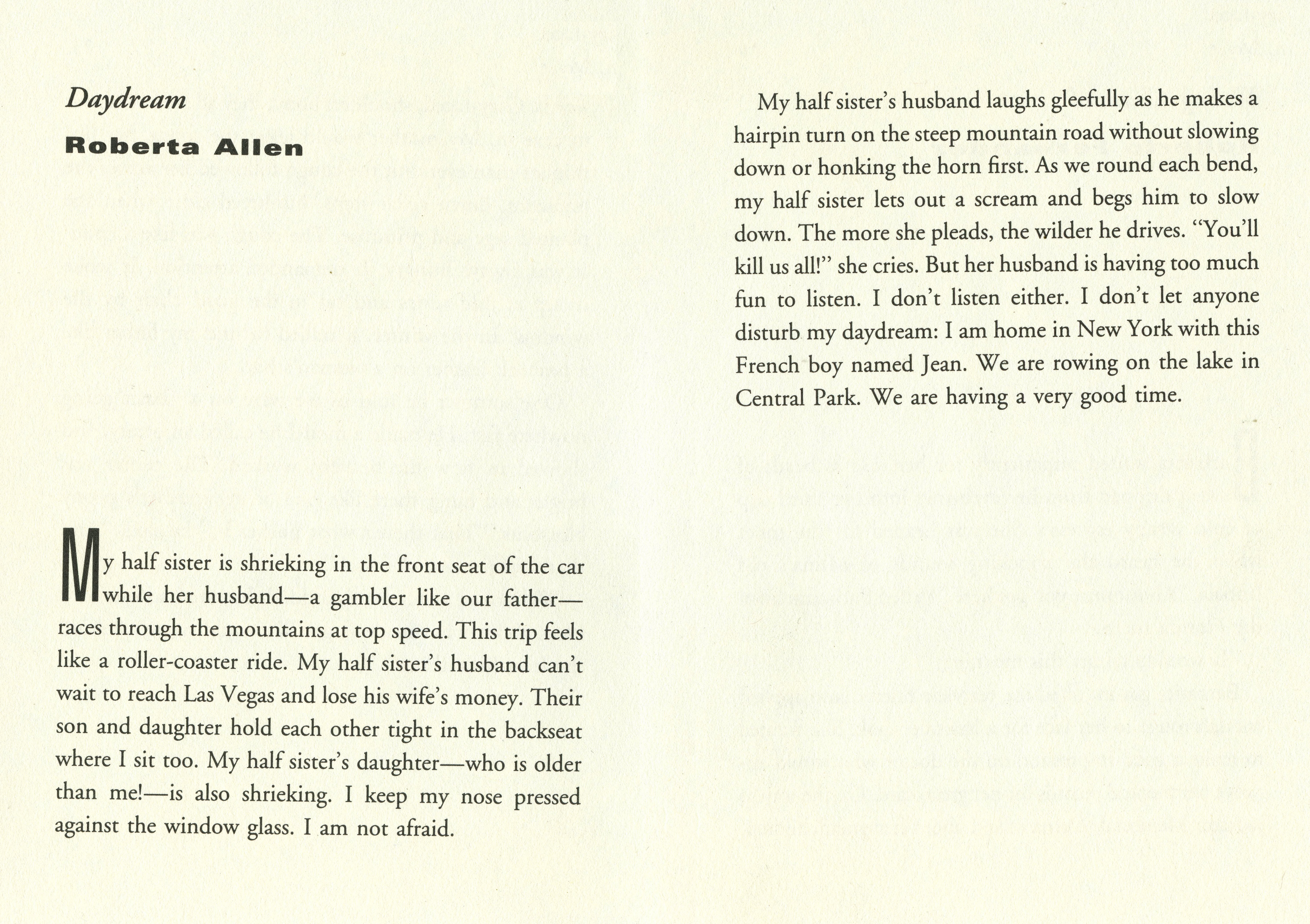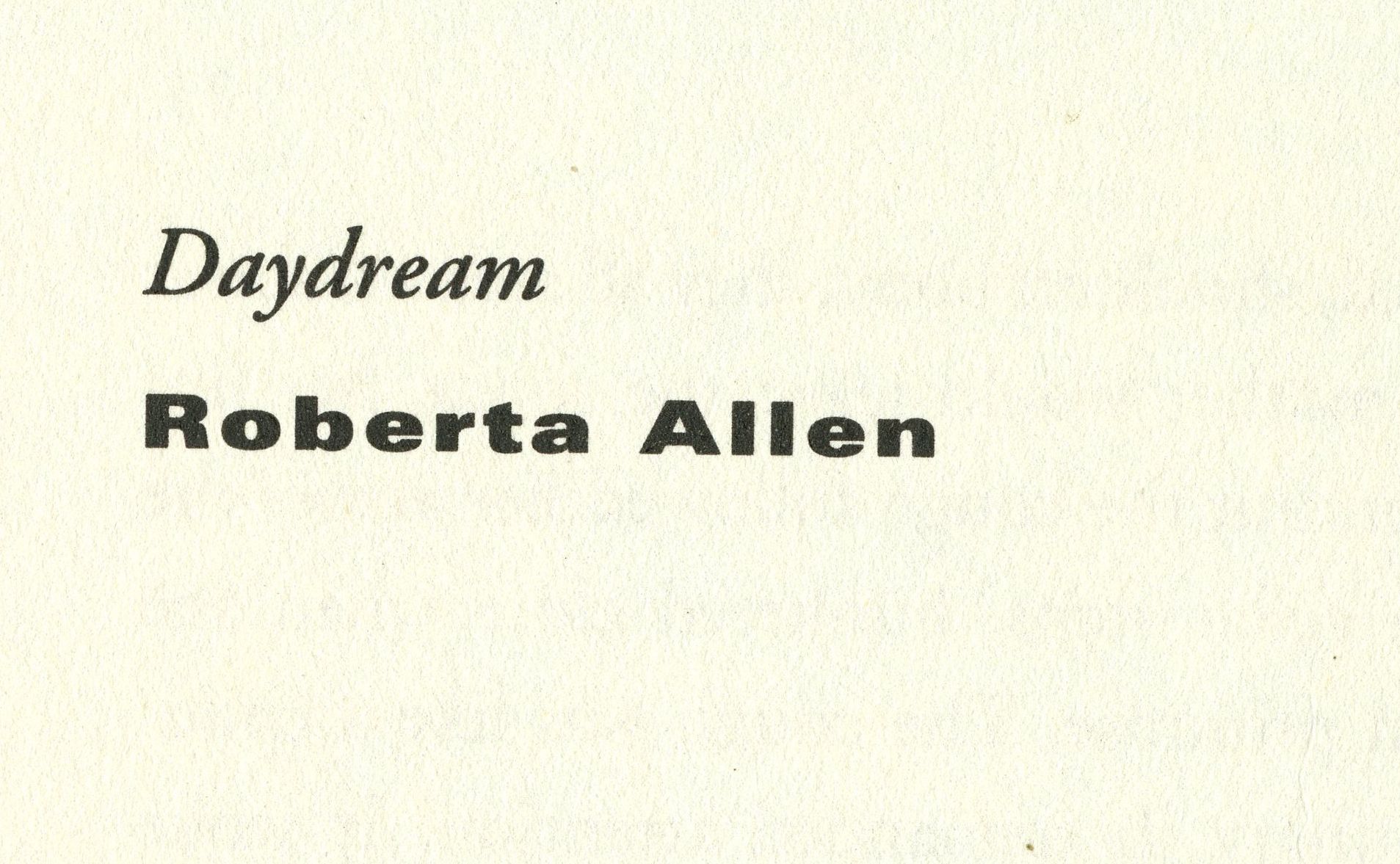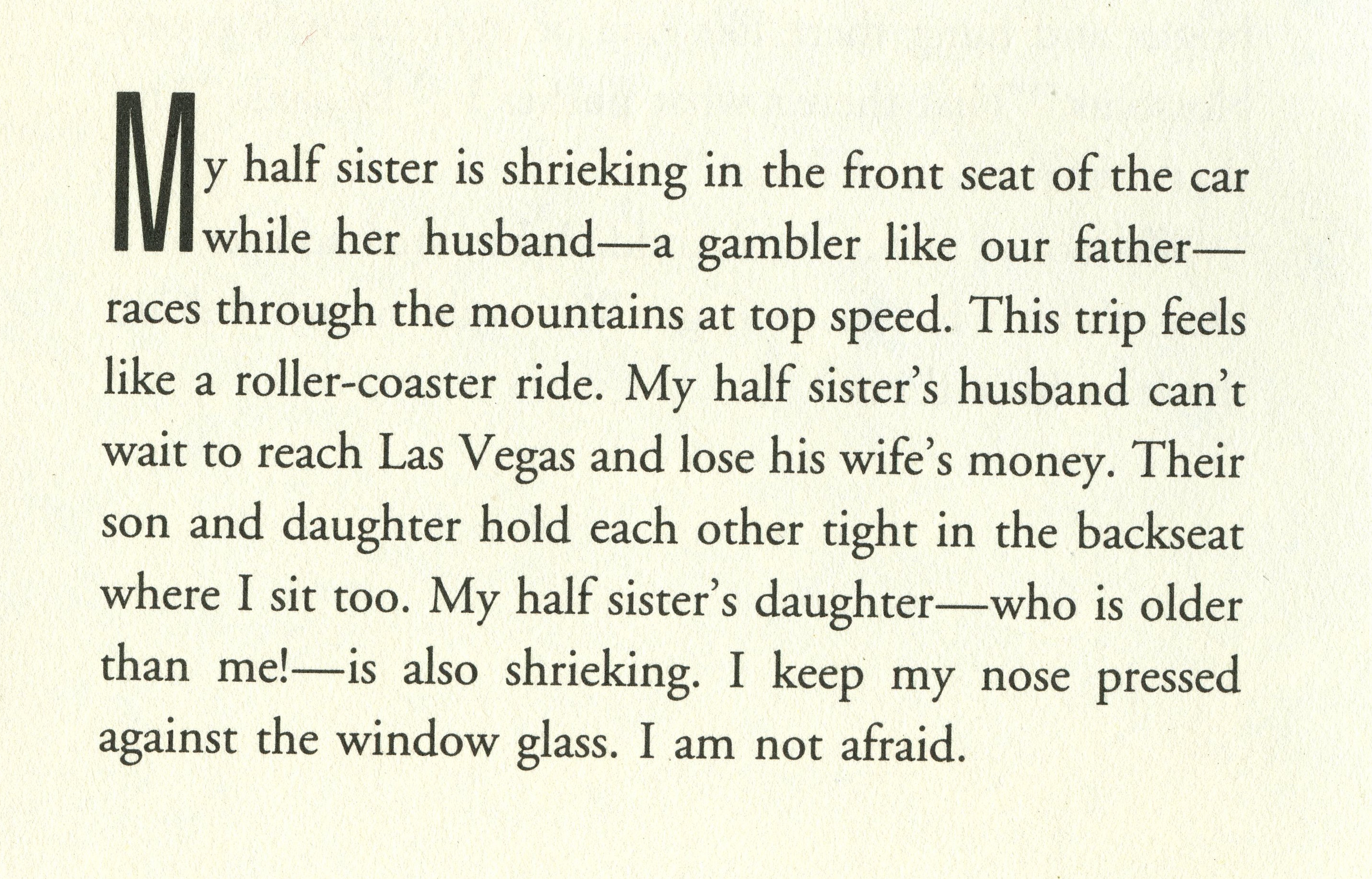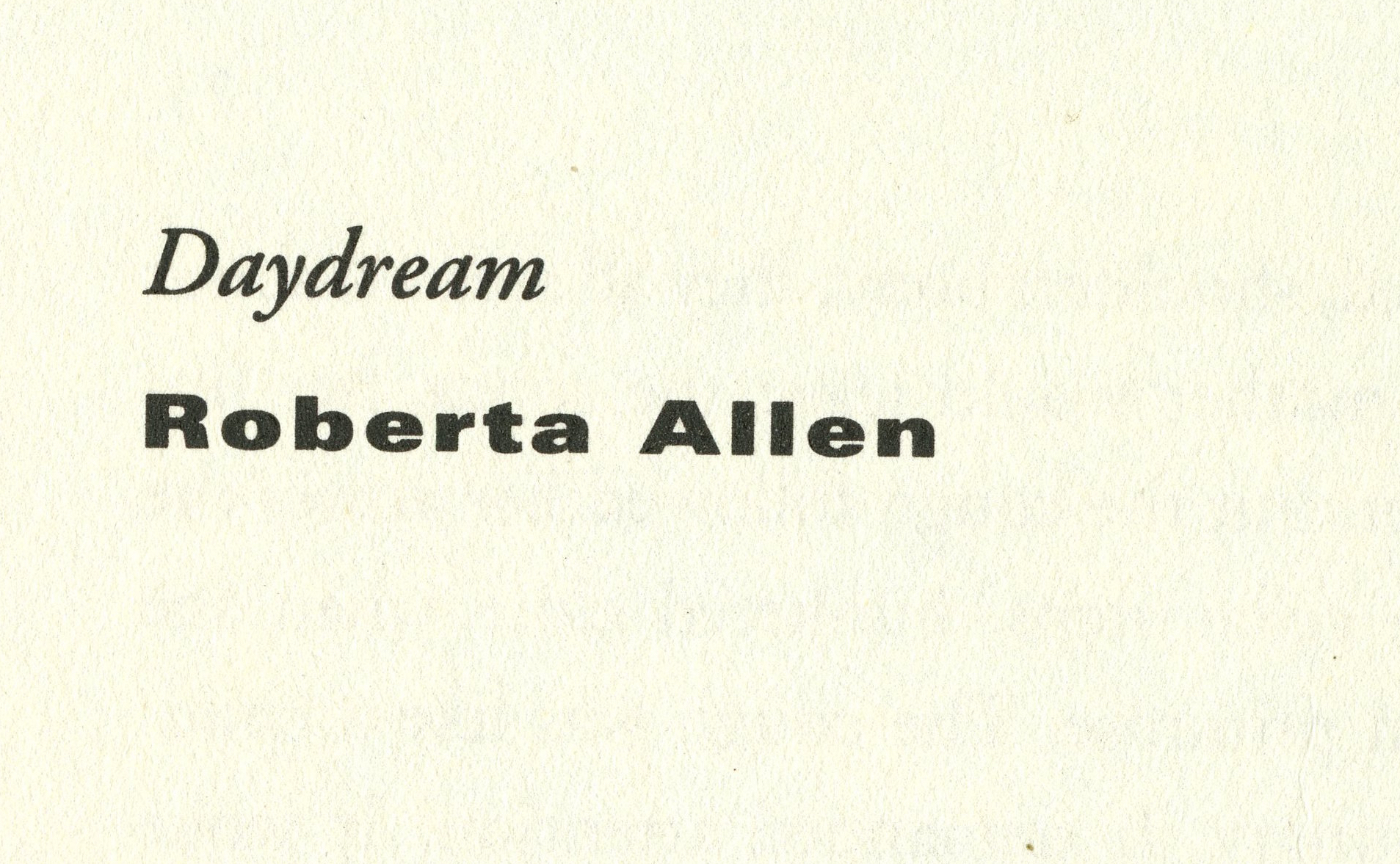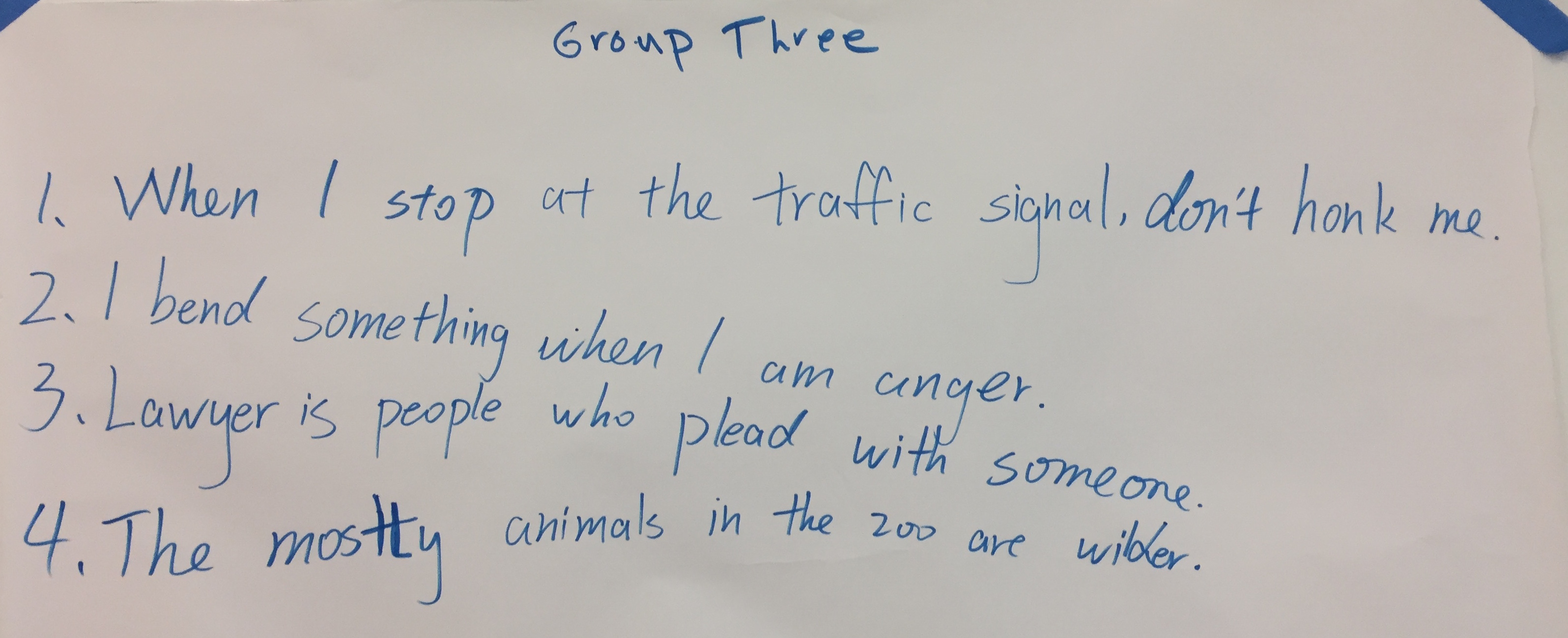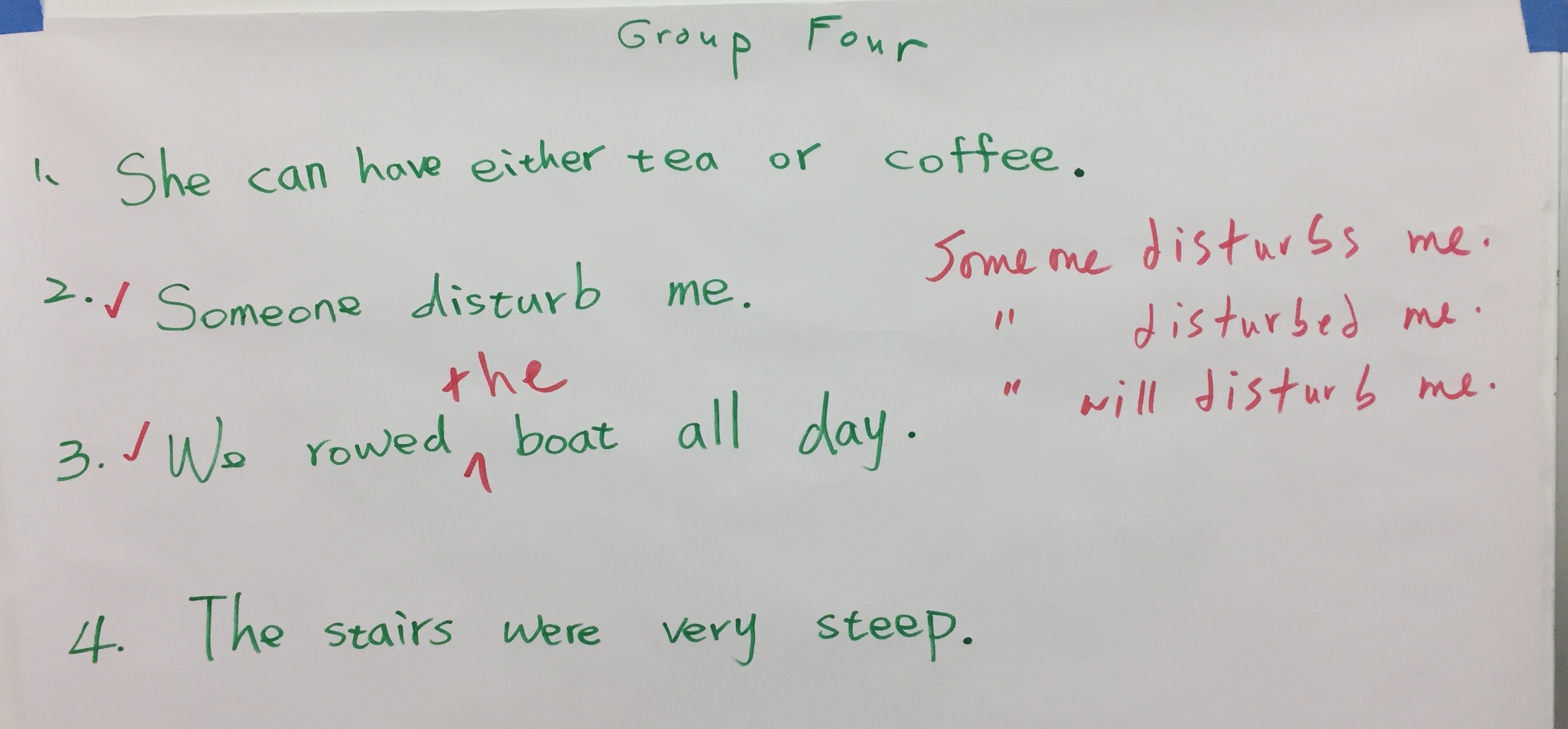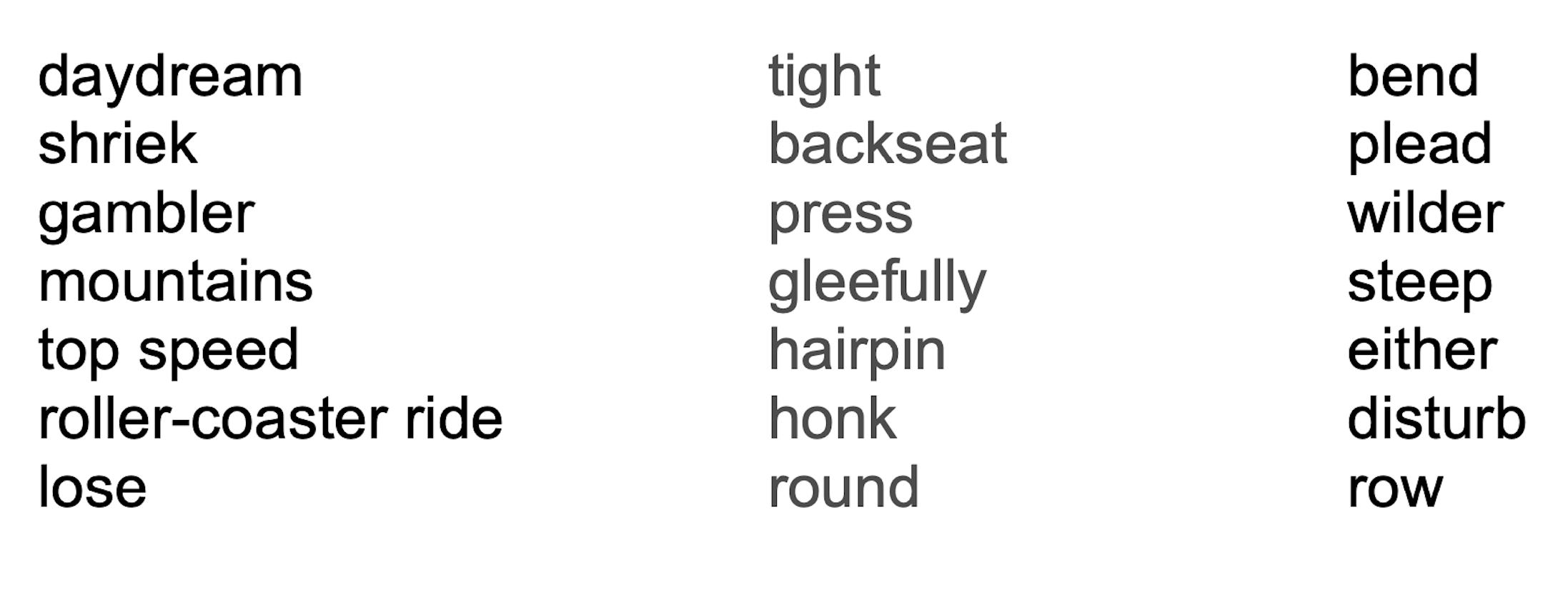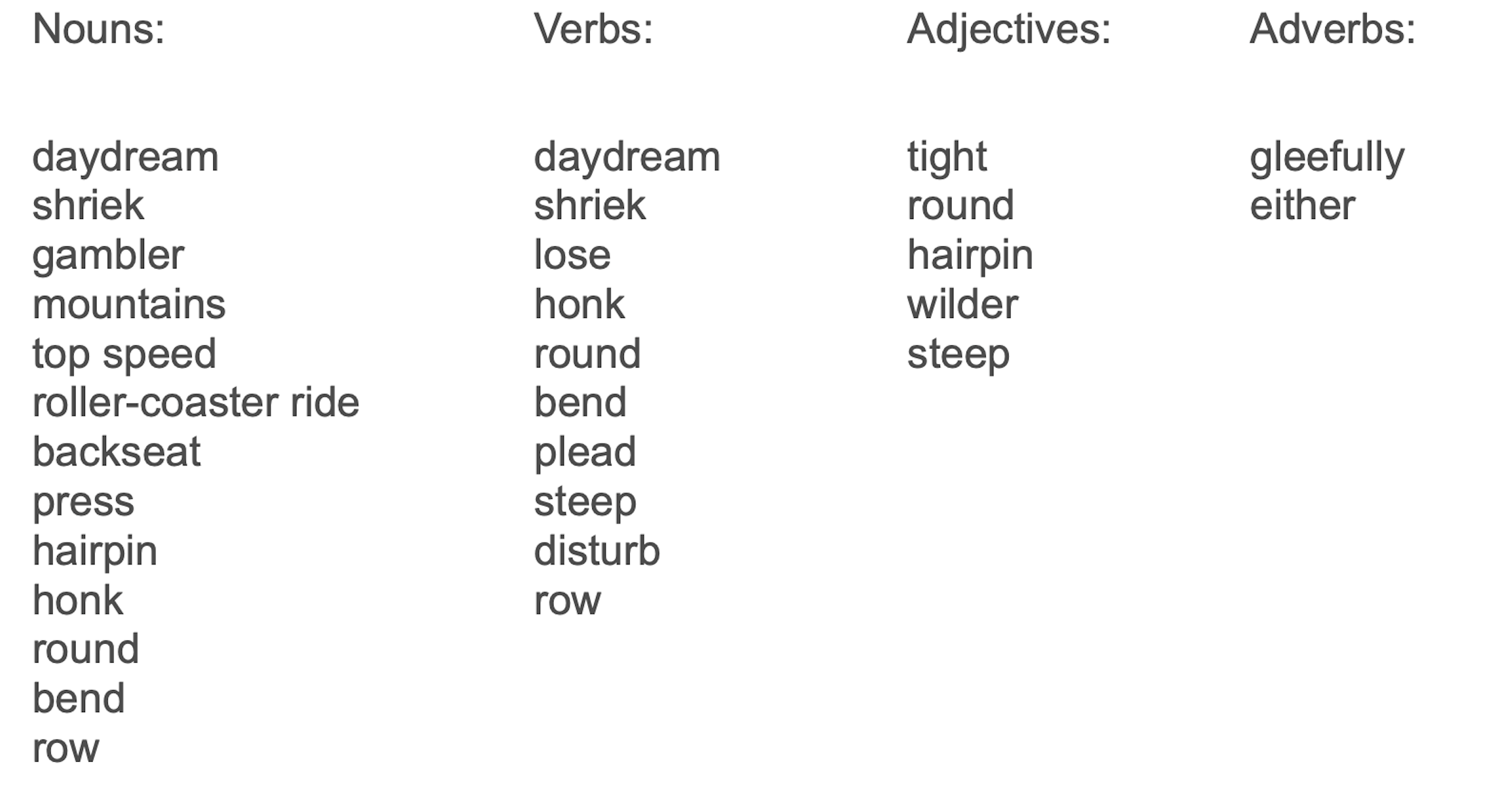…
Daydream by Roberta Allen
Introduction:
This activity is for students with high beginner to low intermediate skills; they are beginning to know enough English to work with others reading, speaking and writing it. Communication has begun.
The first activities in this reading lesson are pre-reading and are designed to get students use to working together writing, talking and thinking about language. In this activity, the teacher talk is about the spelling of words, and defining what parts of speech the words are.
In this activity, students work together in groups figuring out how to spell words, define them and use them correctly in sentences. Working together, students can observe each other and learn how to work better on their own.
The second activity is reading the story out loud and silently. And while reading, observing what sort of sentences are being read.
The third activity, if the teacher would like to, could be short essays written by the students about something they daydream about. The Correction Marks that students have begun to work with in this activity, can be used again correcting the essays, getting students familiar with editing, which is essential for any good writing to happen.
Objective:
The main objective of this lesson is to give students the best tools and skills possible for reading a story in English.
Method:
Teacher talk and direction
Individuals, groups of three
Materials:
The story Daydream
Bilingual dictionaries
Newsprint and markers
…
The Story:
…



…
Pre-reading One: Spelling Test
Before reading the story, students will spell words from the story, decide what part of speech they are, define them, and write sentences using them.
Spelling. The students have pencil and paper, and are ready to listen and write. The teacher says the word, and repeats it. The teacher may use the word in a sentence. And say the word again
daydream
shriek
gambler
mountains
top speed
roller-coaster ride
lose
tight
backseat
press
gleefully
hairpin
honk
round
bend
plead
wilder
steep
either
disturb
row
The teacher writes the correct spelling on the board while the students look at the words and correct the spelling mistakes that they have made. It’s not important for the teacher to see or correct their mistakes. Let them do it.
Review what part of speech each word is. Is it a noun, verb, adjective, or an adverb?
Nouns:
daydream
shriek
gambler
mountains
top speed
roller-coaster ride
backseat
press
hairpin
honk
round
bend
row
Verbs:
daydream
shriek
lose
honk
round
bend
plead
steep
disturb
row
Adjectives:
tight
round
hairpin
wilder
steep
Adverbs:
gleefully
either
One discussion can be about how some words in English can be both nouns and verbs. The teacher can mention obvious ones like bend, row, honk, daydream, and shriek.
How many words do the students know? Students should be using their bi-lingual dictionaries as the discussion goes along. If students don’t know a word, tell them to look it up.
…
Pre-reading Two: Defining and Writing Sentences
After the discussion, the teacher puts students in groups of three, and assigns each group four, five or six words. Have them write sentences together on newsprint.
When students are finished, hang up the newsprint, and have students read and correct any mistakes.
To the teacher:
I did the corrections in this particular lesson, not the students. It was the first time the class worked together so I modeled the correcting. Honestly, any correction mark, even a simple check, will do as long as it designates the spot where an error has occurred: knowing where the mistake is is what is important.
Using specific correction marks allows teachers to indicate mistakes without correcting the work themselves. Letting students know what kind of correction is needed alerts them to the kind of mistake they have made so they can figure out what they need to do to correct it.
There can be several drafts where teacher and student work together toward a perfect paper, but on each draft the teacher indicates where the correction is needed and the student makes the correct correction. The teacher should never rewrite the student’s paper. The student must do that.
For this particular lesson, I first put a check before the sentences that had a mistake in them. I asked the class to look at those sentences to see if they could find the mistake. Then I used correction marks, and often wrote in the correction as well because it was also a lecture about syntax and parts of speech.
Group One

In the sentence, Suddenly, she saw a snake, she shrieked, there was a discussion about how to write it better. Students came up with
Suddenly, when she saw a snake, she shrieked.
Suddenly, she saw a snake. She shrieked.
Suddenly, she saw a snake, and shrieked.
Students liked the last example best.
Group Two
…


With Group Two’s work the class discussed, in sentence one, the use of negatives in an English sentence. No double negatives! So the sentence could be written two ways.
She never lost her cellphone in Japan
She didn’t lose her cellphone in Japan.
The class decided that never had to go.
In sentence four, the class discussed how adverbs can be placed in several positions in a sentence. Gleefully could go just about anywhere.
Group Three
…


Group Three’s sentences gave the class the chance to discuss adjectives. Anger is a noun so in sentence two, angry had to replace it. We also discussed the use of the comparative adjective. I wrote out several examples and then wrote a sentence using wilder correctly.
Group Four
…


Group Four’s work allowed the class to review sentences in the singular third person in the simple present, past and future.
…
Correction Marks

…
Reading
Now that students are familiar with the words in the story, they can read the first paragraph in silence. Discuss it. Have students read sentences out loud.
What tense is it written in? What are the subjects and verbs in each sentence?
What are the relationships of the people in the car? Who are the oldest and the youngest?
What are the differences between a half sister, a step-sister, and a sister?
After reading (optional)
1. Have the students write about something that they daydream about. Let them write a paragraph about it.
2. Sit with each student, or have them come your desk, one at a time.
3. Make corrections while they watch, and discuss what is good about what they’ve written, and where they can improve spelling and sentence syntax.
…
Downloadable PDF:
Daydream Reading Lesson
…
To the teacher: If you have a computer and a projector, you could project this lesson for the class to read. Or download the PDF file for free above.
…
…
…



…
…
Micro Fiction
Daydream is published in a book called Micro Fiction, Anthology of Really Short Stories, edited by Jerome Stern. Some of these short stories are very useful for an English teacher. Micro Fiction is published by W.W. Norton & Company. You can check it out here:
http://wwnorton.com/books/Micro-Fiction/
…
…

…
…
To review the use of correction marks, check out this lesson plan:
The Rabbit and the Turtle: ESL Lesson Three: Discovering Parts of Speech
This lecture on the parts of speech may come in handy:

